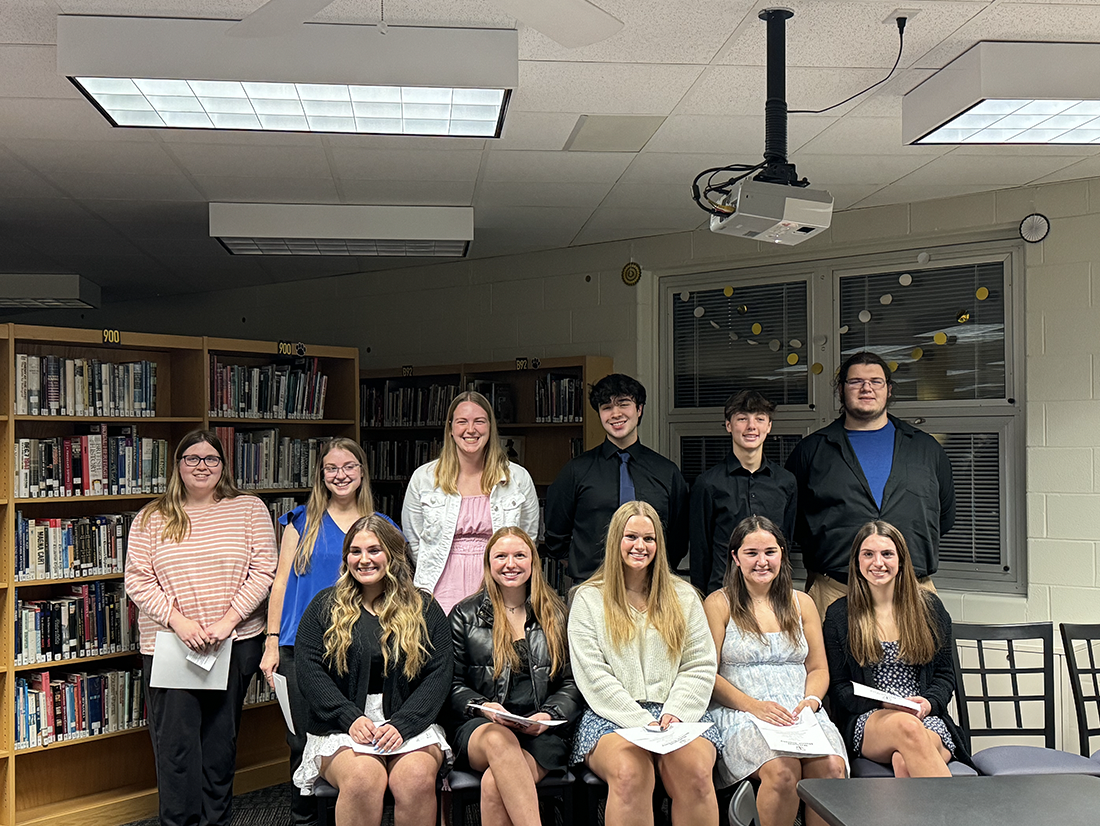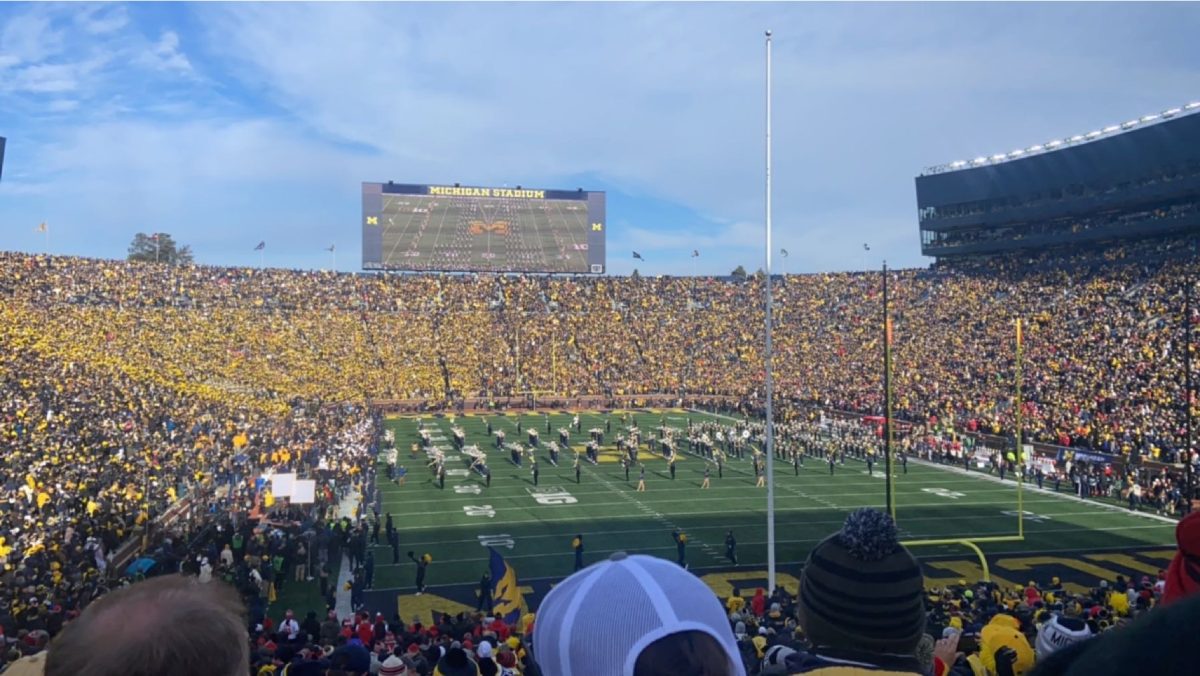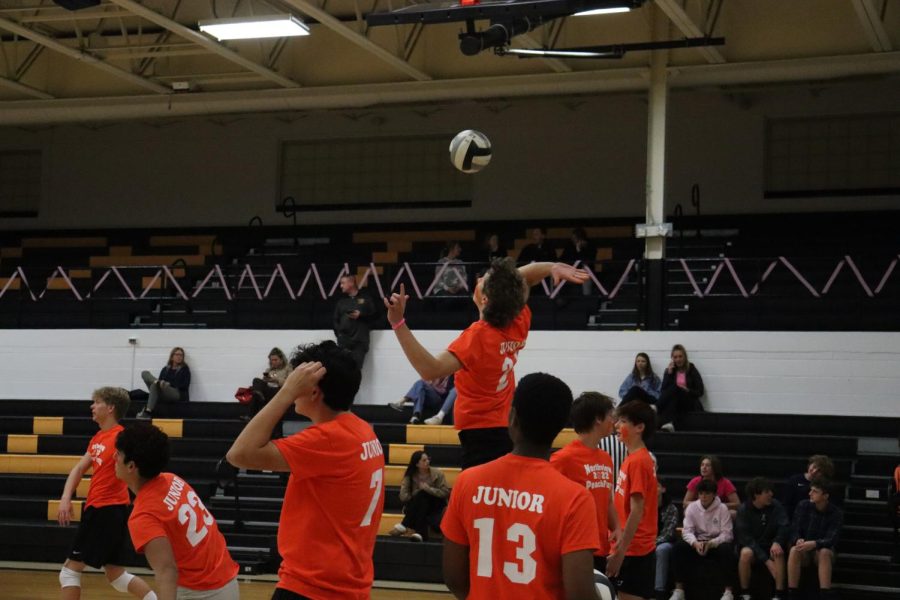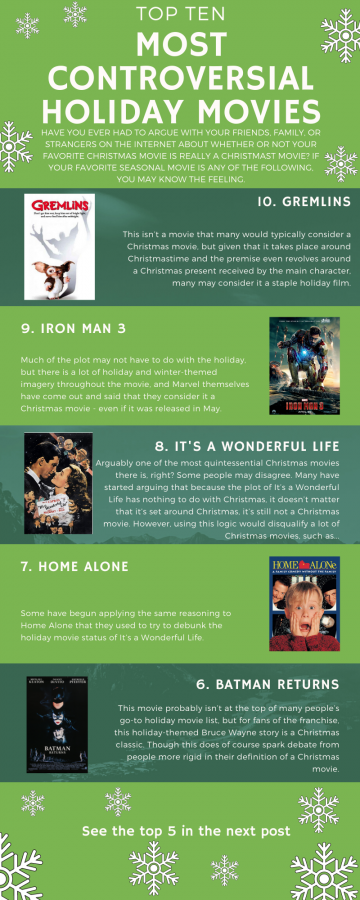Usually, after five years, you can usually tell where any kind of sports-related idea is heading. After five World Series, for example, it was pretty much a given that baseball had its championship process down pat for the next century.
After five Bowl Championship Series seasons (1998-2002), the BCS had, by various accounts, jobbed out of championship opportunities and major bowl paydays Kansas State twice, Michigan State, Tulane, Marshall, Miami, Washington, Oregon, Colorado, and possibly Virginia Tech. The only constant with the BCS, which lay much of its faith in clunky metrics, was some kind of computer-based controversy. Mike Bellotti, coach of an Oregon team that probably should have played for the 2001 national title but was victimized by cruel mathematics, called the system “a bad disease, like cancer.”
Five years into the BCS’s successor’s existence, the verdict on the College Football Playoff is… mixed. The first year of the CFP, now four years in the rearview mirror, was like a party. ESPN began hyping college football’s first Final Four during the preceding year’s National Championship; it seemed new, different, exciting. It lent itself well to a freewheeling, parity-filled 2014 season in which Mississippi State took an extensive spin at No. 1 and TCU and Baylor were legitimate players in the national title race.
In the end, Alabama and Oregon landed squarely at No. 1 and No. 2, both shaking off early losses to finish the season red-hot. Florida State was No. 3 after a rocky unbeaten season (the Seminoles were taken to the wire multiple times), and Ohio State beat out Baylor and TCU for No. 4 in a highly defensible, if a bit controversial, decision.
The games themselves were magical. Climaxing a terrific bowl season (case-in-point: Google “2014 Bahamas Bowl” and lose yourself), Oregon broke away from Florida State and delivered a startling exhibition of its power in the Rose Bowl, while in a Sugar Bowl for the ages, Ohio State mounted a stirring comeback against Alabama in a game rife with future NFL talent. A week later, the Buckeyes were national champions, crushing the Ducks 42-20 to take the title.
2015 made for a fine sequel, as Alabama returned to its pedestal as national champion, while Clemson arrived among the nation’s elite, playing the Crimson Tide to the very end in a memorable national title game loss. Oklahoma and Michigan State, two one-loss teams, made the CFP’s decision very, very easy; the Sooners unveiled a singular figure in modern college football in Baker Mayfield while the Spartans took a triumvirate of close games from Michigan, Ohio State, and Iowa on a shocking punt-fumble, a clutch field goal, and one of the finest drives in college football history.
And then 2016 arrived – a wake-up call to college football’s powers-that-be that 2014 and 2015 were the exception, not the rule, to their sport’s historically volatile state. The warning shot came on a tempestuous November Saturday in which the No. 2, 3, and 4 teams in the country all fell – Clemson to Pittsburgh, Michigan to Iowa, Washington to USC. By season’s end, Ohio State seemed safely in the CFP at 11-1, with only one loss, to Penn State.
But wait! The Nittany Lions had won the Big Ten, losing only to Pittsburgh and Michigan; and Michigan also had just two losses, to Iowa and… Ohio State? This was the most puzzling year of them all. The committee again made a defensible, if controversial, decision: Alabama, Clemson, Ohio State, Washington, but the Buckeyes did them no favors by beating woodshedded 31-0 by Clemson in the Fiesta Bowl.
A classic National Championship somewhat covered the CFP’s tracks, but more flaws were on display in 2017: the committee was thrust into an explosive debate between Ohio State, the Big Ten championship that had suffered a striking 55-24 loss to Iowa, and Alabama, which lost only once (unlike two-loss Ohio State) but played an uncharacteristically light schedule.
In the end, the committee took Alabama, who won the national title – but hold on a minute. Central Florida, the only unbeaten team in the nation at season’s end, also claimed the national title, having won the Peach Bowl after being left out of the CFP.
In 2018, the debate – college football’s never-ending debate – continues to rage. Yes, Oklahoma seems a deserving No. 4 – they have lost only once and beat multiple good teams en route to the Big 12 Championship. No. 5 Georgia lost two games, including to Alabama in the SEC Championship, but gave the Tide the best fight they’d faced all year. No. 6 Ohio State was also a power-conference champion that lost just once, and No. 8 Central Florida was once again on the outside looking in, despite another banner year.
However, the four teams that are in the CFP – Alabama, Clemson, Notre Dame, and Oklahoma – look poised to enact great theater. Alabama gained acclaim throughout the season as one of the finest teams ever, but looked a little vulnerable in the aforementioned SEC Championship. Clemson has dominated this year but played a light schedule. Notre Dame played a harder schedule, and seemed to struggle with some lesser opponents while thumping the good ones. And Oklahoma maintains only the greatest offense in college football history.
What should be a compelling set of games takes place December 29, as the Cotton Bowl between Clemson and Notre Dame kicks off at 4 and the Orange Bowl between Alabama and Oklahoma at 8. Other major bowl matchups include Michigan and Florida in the Peach Bowl (December 29, Noon ET), LSU and Central Florida in the Fiesta Bowl (New Year’s Day, 1 ET), Ohio State and Washington in the Rose Bowl (New Year’s Day, 5 ET), and Georgia and Texas in the Sugar Bowl (New Year’s Day, 8:45 ET).





















